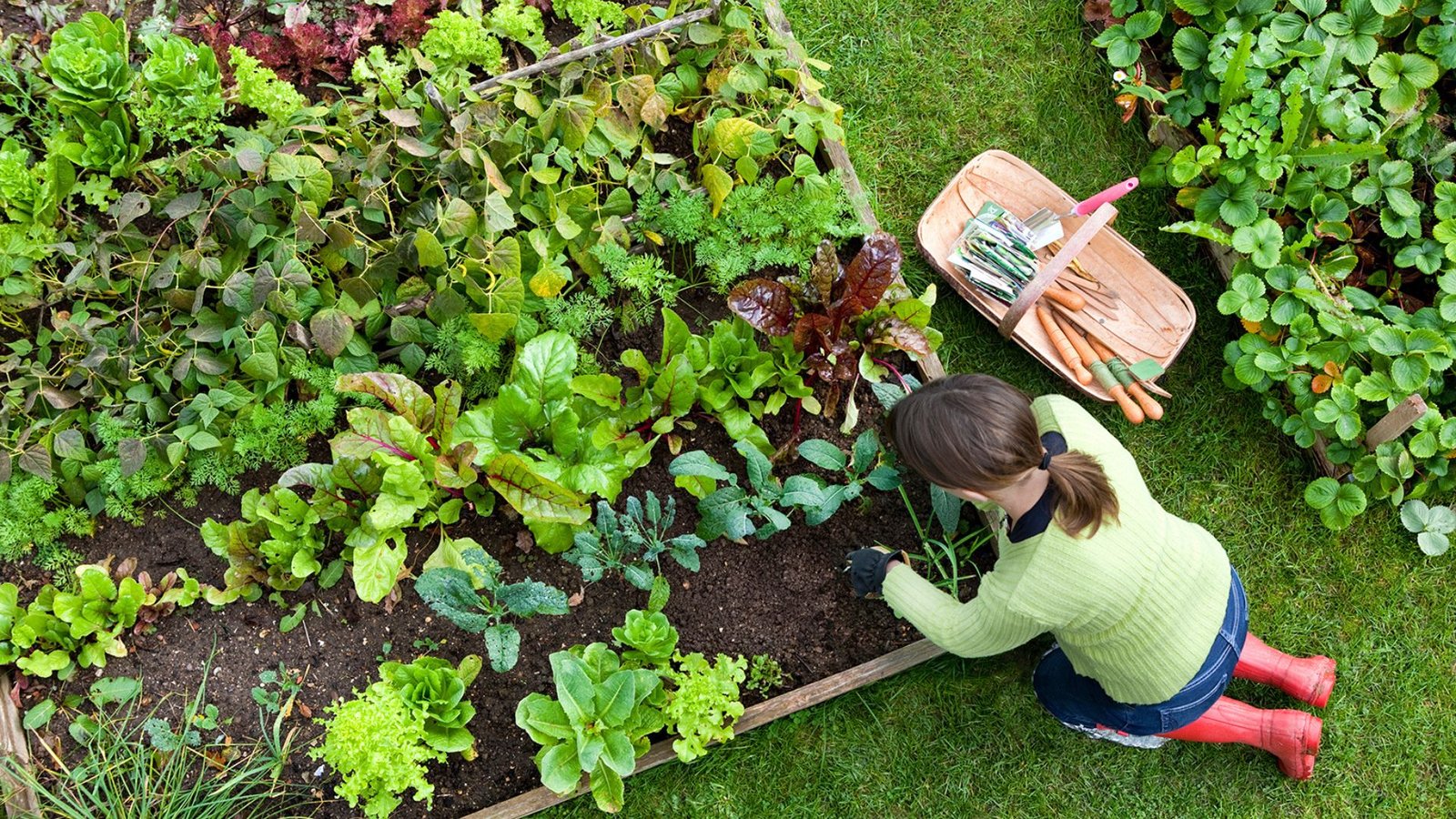Vegetable gardeners, especially those just starting out, can find the process both exciting and overwhelming. Whether you have a small backyard or a spacious plot, growing your own vegetables can be a rewarding experience. In this article, we will explore the best practices for beginner vegetable gardeners to help you get started on the right foot. From selecting the right plants to maintaining your garden, these tips will guide you towards a successful harvest.

Start with a Plan
First and foremost, planning is crucial for beginner vegetable gardeners. Before you start digging, take some time to plan your garden. Decide what vegetables you want to grow, taking into consideration the space you have and the climate in your area. Additionally, consider how much time you can dedicate to your garden.
Choose the Right Location:
Begin by selecting a sunny spot for your garden. Most vegetables need at least six hours of sunlight per day. A well-lit area will help your plants grow strong and healthy.
Prepare the Soil:
Next, test your soil to understand its composition. Adding organic matter like compost can improve soil quality and provide essential nutrients for your plants. This is one of the best practices for beginner vegetable gardeners to ensure a fertile growing environment.
Selecting Your Vegetables
Once your plan is in place, it’s time to choose your vegetables. As a beginner, it’s best to start with vegetables that are easy to grow and maintain.
Begin with Easy-to-Grow Vegetables:
Consider starting with vegetables like tomatoes, lettuce, radishes, and carrots. These plants are generally low-maintenance and have a high success rate, making them ideal for beginner vegetable gardeners.
Buy Quality Seeds or Seedlings:
Furthermore, invest in high-quality seeds or seedlings from a reputable source. Healthy seeds and plants will increase your chances of a successful harvest.
Planting Techniques
Now that you have your plan and selected vegetables, it’s time to start planting. Proper planting techniques are essential for the health and productivity of your garden.
Follow Planting Instructions:
Each vegetable has specific planting requirements, such as depth and spacing. Therefore, always follow the instructions on the seed packet or plant label. This ensures that your plants have enough room to grow and access to the nutrients they need.
Consider Companion Planting:
Additionally, companion planting can be beneficial. Some plants grow better together, while others should be kept apart. For example, tomatoes and basil are great companions, while beans and onions should be planted separately.
Watering and Feeding Your Plants
Watering and feeding are critical components of best practices for beginner vegetable gardeners. Proper care will keep your plants healthy and productive.
Water Consistently:
First, establish a consistent watering schedule. Most vegetables prefer regular watering, about 1 inch per week. However, the amount of water needed can vary based on the type of vegetable and weather conditions.
Mulch to Retain Moisture:
Mulching is another effective practice. Adding a layer of mulch around your plants helps retain soil moisture, reduce weeds, and regulate soil temperature.
Feed Your Plants:
Next, feed your plants with organic fertilizers to provide them with necessary nutrients. Compost, manure, or commercially available organic fertilizers are great options.
Maintaining Your Garden
Maintaining your garden is an ongoing process. Regular care and attention will ensure your garden remains healthy and productive.
Weed Regularly:
Weeds compete with your vegetables for nutrients and water. Therefore, it’s important to weed your garden regularly. This can be done manually or with tools designed for weeding.
Support Your Plants:
Some vegetables, like tomatoes and beans, need support as they grow. Using stakes, cages, or trellises can help keep your plants upright and healthy.
Harvesting Your Vegetables
Finally, harvesting is the most rewarding part of gardening. Knowing when and how to harvest your vegetables is key to enjoying the fruits of your labor.
Harvest at the Right Time:
Each vegetable has its own harvesting time. For example, lettuce can be harvested as soon as the leaves are big enough to eat, while tomatoes should be picked when they are fully ripe and red. Check the specific harvesting times for your chosen vegetables.
Conclusion
In conclusion, starting a vegetable garden can be a fulfilling and enjoyable experience. By following these best practices for beginner vegetable gardeners, you will set yourself up for success. Remember to plan your garden, choose easy-to-grow vegetables, use proper planting techniques, and care for your plants with consistent watering and feeding. Regular maintenance and timely harvesting will help you enjoy a bountiful harvest. Happy gardening!











